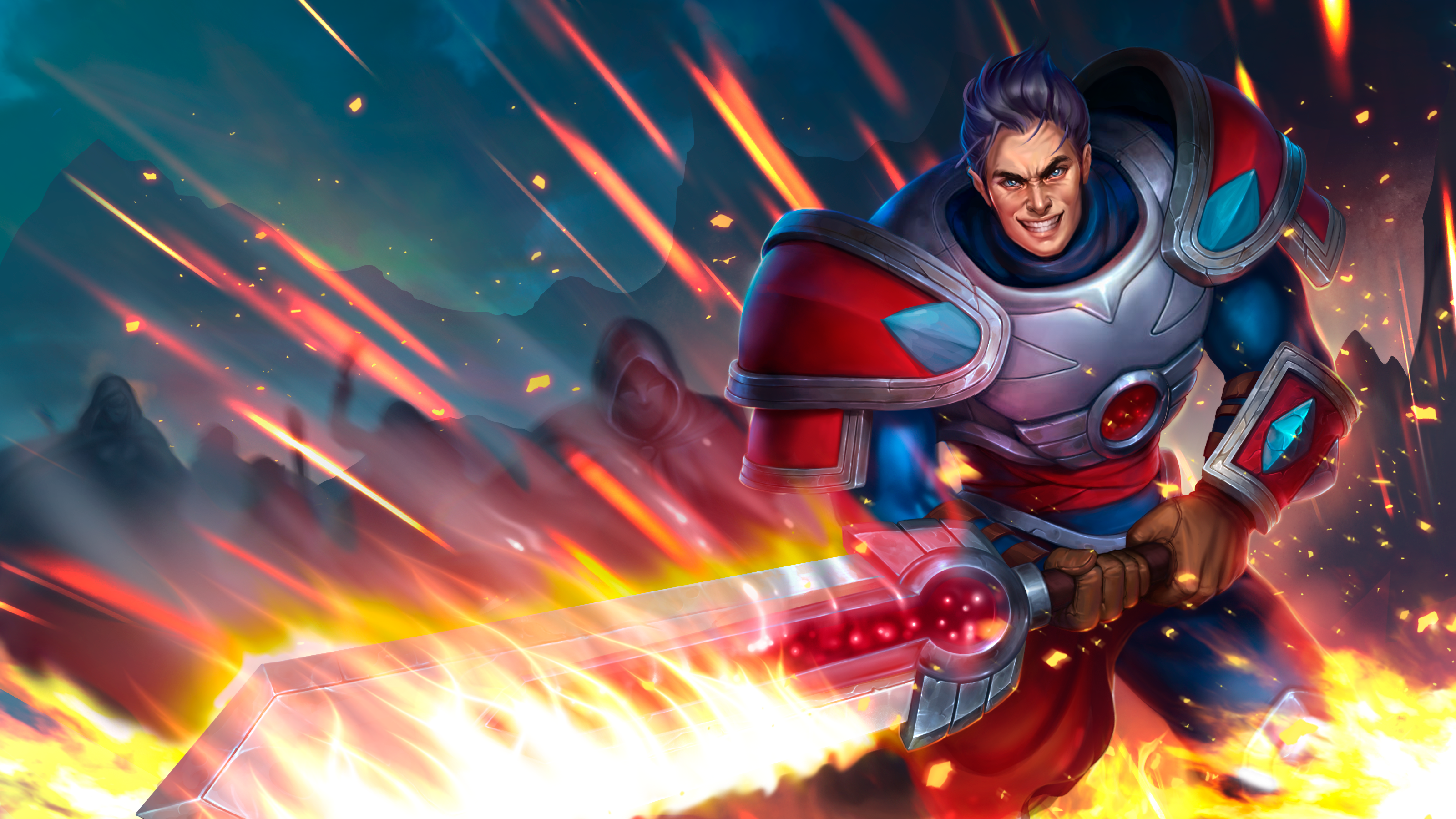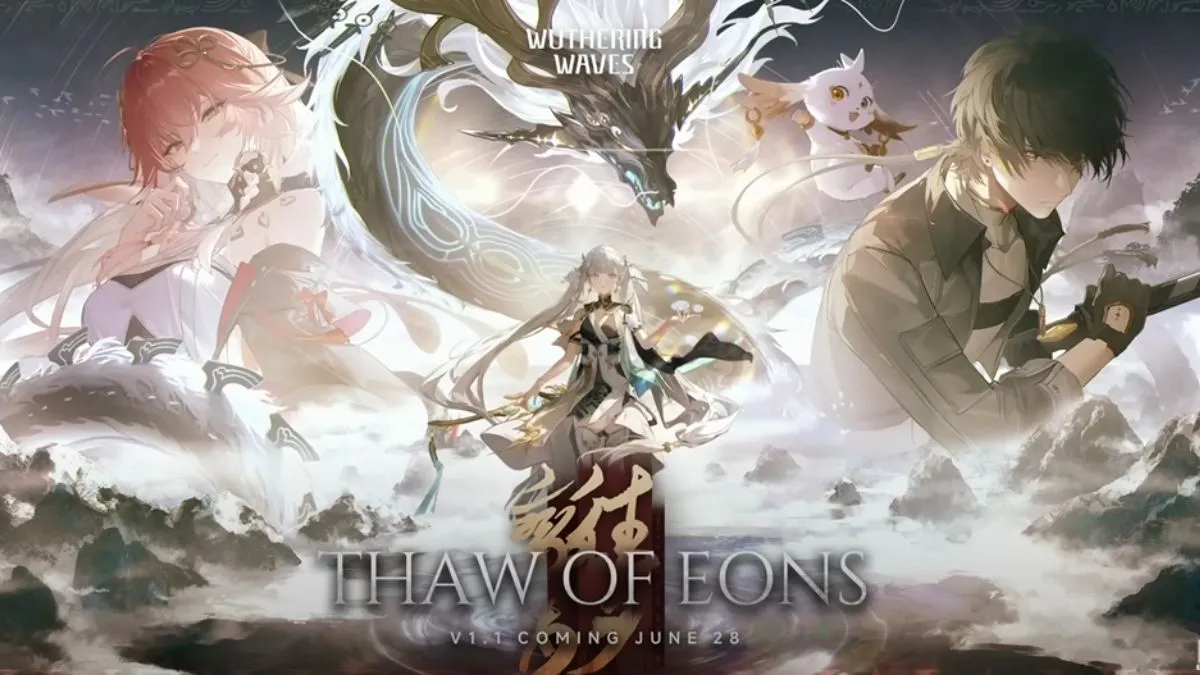When it comes to violence, whether that is virtual or real, you could say people have always been up in arms with one another.
These particular weapons, however, do not come in the form of bullets, but words. Both the National Rifle Association (NRA) and the Entertainment Software Agency (ESA) have long battled opposition of their issues in campaigns, legislation, and the hearts of all you dear readers out there.
The controversy of video game violence and gun violence are nothing new. At times, different tragic events in our society or globally around the world may call one or both into the spotlight more than other times, but the battlegrounds of both organizations have seen many days. Sometimes their battles are even overlapped, such as during the horrible Sandy Hook tragedy in Newton that took the lives of many children through the use of guns.
After such a heartbreaking, unforgivable event occurs, fear and hopelessness often influences people to focus on the first and easiest things to blame: guns and video games. In the wake of the event, video games were repeatedly implicated as a cause behind the madman’s attack. Guns weren’t safe from persecution, either, as many public calls for better gun controls cropped up, in addition to pro-gun control organizations like the Americans for the Protection of Children (created in February 2013).
Given their similarities, it therefore may come as an interesting surprise to learn that, per GamesIndustry Brendan Sinclair’s article on the spending differences between the two organizations — where he also interviews former NRA and MPAA lobbyists — the ESA is actually outspending the NRA on lobbying.
The Numbers
“According to the Center for Responsive Politics (CRP), the ESA reported $4.83 million in federal lobbying last year, compared to $2.98 million from the NRA,” says Sinclair.
Of course, the problem with statistics is they make it very hard to tell how much of the big picture they are actually showing. For instance, it is important to note and break down exactly what is considered ‘lobbying’—at least as to how the word pertains to what must lawfully be reported.
CRP’s website states:
“Lobbyists must register with the Senate and House, and must disclose who hired them, how much they are paid, what issues or bills they are lobbying on, and what federal agencies they are contacting. Lobbying reports are available at the Secretary of the Senate’s Office of Public Records or the Clerk of the House’s Legislative Resource Center.”
Former NRA political director Richard J. Feldman explained to GamesIndustry that lobbying must be reported when your organization is supporting a specific bill, which coincides to CRP’s definition above. However, the line between what is officially lobbying and what is not seen officially is very thin and superficial. Feldman adds how just talking about an issue–including propaganda and more–but not about a specific bill, does not qualify as lobbying.
Sounds pretty fishy, doesn’t it?
Well, we’ve only skimmed the waters so far. Organizations are allowed to technically reveal as much as their heart desires on their lobbying tactics—but since the policy on transparency is weak many pick and choose what is revealed in order to best promote their own agendas. This could mean revealing everything or as little as possible, depending on the affect they are looking for.
So when we look at those figures again, we must remember that these are the figures the NRA and ESA want us to see. The real trick would be if we could see what figures were hiding behind the curtains.
These figures also don’t include the $1.52 million in contributions the NRA has spent on the election cycle compared to ESA’s $510,000, nor does it include the immense difference in outside spending of communications. NRA clocked in at $19.77 million, with the ESA reporting nothing during the past three election cycles.
Does this mean the ESA really contributed nothing? Not necessarily. Likewise, it might be in the NRA’s game plan to put all their cards on the table (or at least most of them). The NRA is known as a huge powerhouse of a group, after all. In fact, it even won the number one slot in Fortune magazine’s “Power 25” list of most influential lobbying groups in America. Letting people know just how far their reach can go isn’t necessarily a bad move. The group has been known to cause lawmakers to pause when looking at gun control bills often enough in the past. The CRP reports no gun control measures have made it through the House and Senate in recent years.
ESA vs. NRA
Both organizations have multiple agendas on their list.
The NRA has been around for a very long time—since 1871. They manage topics such as firearm safety, recreational hunting, marksmanship, self-defense training, and more. The right to bear arms and the 2nd amendment has been by far their biggest focus.
Compared to them, the ESA is a baby. It was formed in April 1994, and most of its issues are constitutional rights (think First Amendment rights as applies to entertainment), copyright and trademark protection, domestic and foreign trade, immigration, telecommunications, energy, consumer issues, and taxation. They got into particular hot water when they supported the CISPA and SOPA bills (legislation aimed at anti-piracy), which received many widespread virtual protests across the country for being too broad and possibly stifling free speech and creativity. Nevertheless, when it comes to video game violence the ESA has always supported one stance—that no scientific evidence has been put forth which can absolutely confirm any connection between real acts of violence within children or adults and violent video games.
So is lobbying effective?
Robert Maquire, a researcher for the CRP, had this to say about it:
“…And in this case, it’s also a matter of trying to quantify the effect that a group had on a bill they were trying to influence, either at the state level or the federal level. It’s hard to say. I’m inclined to say that’s where the journalist comes in. You have to look at the data that’s there, the issues they tried to influence in general. There are a lot of groups that spend a ton of money and appear to be tragically ineffective. There are others that spend a lot of money and seem to be very effective.”
Results seen from lobbying are influenced by the power the organization holds, money, politicians involved, and agendas. It isn’t always about defeat. Wars are won one battle at a time, but whenever you have controversial issues such as this the war never really ends, either.
Success in lobbying isn’t who stands at the top of Washington hill, victory flag in hand. Feldman attempts to explain the complicated net of politics and lobbying:
“If you’re asking how to put an end to it, that’s the wrong question. Legislative and political winning isn’t about stopping it; it’s about preventing them from getting to legislation, from putting you out of business. It’s never about stopping those who’d like to put you out of business, just making it less and less possible for them to pass the laws.”
Feldman also sheds some light on how he would go about creating a plan for the game industry’s lobbying efforts by commenting, “Instead of saying, ‘That won’t work, I’m against it,’ well, what are you for? What do you propose?”
Which is a very rational and logical way to market anything. When it comes to getting someone on your side, taking something and forming it in a positive light will receive much more support and notice than choosing a negative one. Instead of having a glass half empty, you need a glass half full.
Other points Feldman noted was transparency in your organization’s views and policies, as well as attempting to plan ahead for issues before they even crop up.
“When you do something on your own, you’re the good guys,” Feldman said. “You’re trying to fix the problem. Who knows the industry better than your industry? Not the government, not the regulators, not your opponents…”
When it comes down to it, the video game industry and the gun control industry have very similiar fights on their hands. The numbers the CRP report may reflect the ESA overtaking the NRA in some areas of lobbying, but what this means for the campaign wars in Washington only time will tell.






Published: Jul 17, 2013 12:01 am